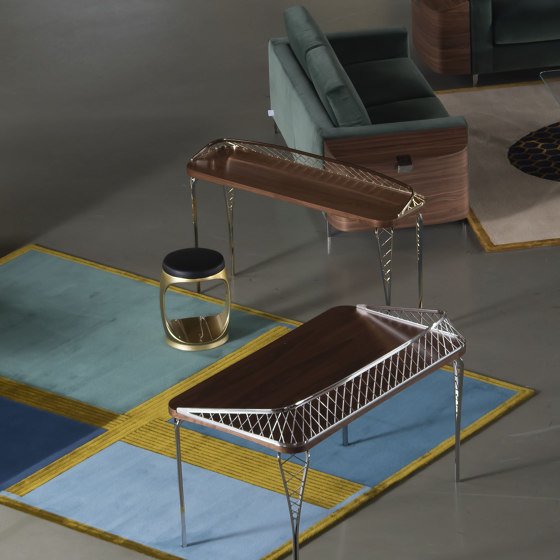At-Taufik Mosque / JOSO


Text description provided by the architects. The main characteristics of this mosque are outlined in the design of its dominant ‘nusantara’ elements (a distinctive character of Indonesian architecture). Without highlighting the dome or box geometry like the majority of mosques today, this mosque design comes in a composition that is very familiar with Indonesian archipelago architecture, the towering roof design. In addition, the facade elements with Islamic ornaments further strengthen the character of the modern mosque design, an ornament that recites ‘Asmaul Husna‘, the 99 names of Allah. One of the embodiments of modern design was born from the idea of archipelago architecture.



Furthermore, the spatial zoning of the mosque is based on the Hablum Minannas Hablum Minallah philosophy, where the relationship between human beings is implemented on the first floor and the relationship between humans and God on the second floor. The first-floor functions as an ablution room, toilet, auditorium, and management room. The layout of the ablution area and the toilets for women and men are separated. The auditorium functions as a venue for party activities or is even rented out to the public for wedding receptions. The auditorium is not limited to its use for Muslims only, it can accommodate other activities such as seminars, inter-religious discussion forums, and other activities. The first floor can also function as an expansion of the prayer area when the congregation’s capacity is booming, such as during Friday prayers and Eid prayers.



The 2nd floor as the main area for prayer, prostrating to Allah, with a towering roof design, implies the meaning of the greatness of the Creator, and the small servant before his Lord. The interior of the prayer room is designed with filigree ornaments, which in addition to emphasizing the Islamic architectural design, also function as natural ventilation. In addition, the skylights on the roof also supply adequate natural lighting and create a dramatic ambiance for the room. Another point of interest in this room is the mihrab area which is designed using solid black material to reflect the black stone in the Kaaba (hajar aswad). In addition to the splendor of the interior, at night, the exterior of the mosque is even more stunning in its beauty due to the lighting effects of the spotlights whose shadows collide with each other to form a very unique pattern of its own.



The vegetation area is around the building fence with a number of existing trees being maintained on the site. The main idea of this landscape area is to design a staircase, and access to the prayer room on the 2nd floor, which also functions as an element of the facade. Aside from being accessible, this landscape staircase also functions as an amphitheater for users who come from the party headquarters opposite the mosque. An outdoor area for discussion and brainstorming with the stairs as a comfortable sitting area. This feature can also be used by the public as a space to relax and take shelter under the shady vegetation.






